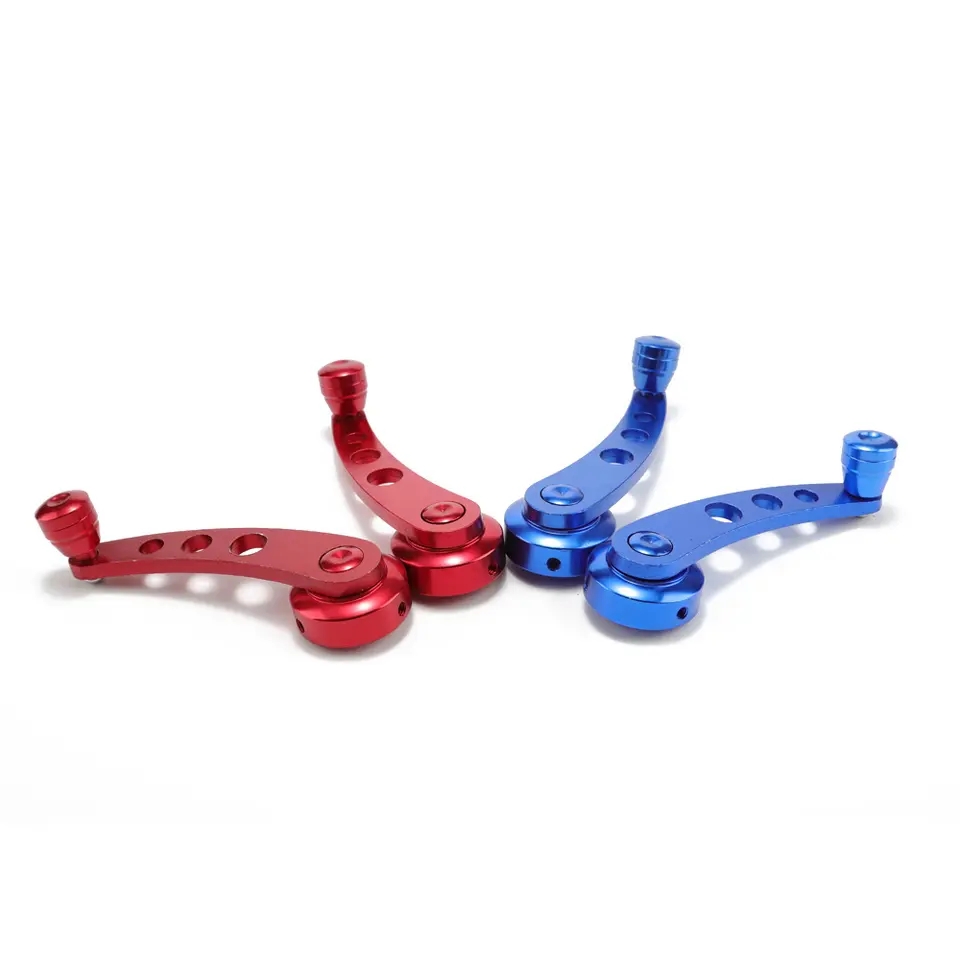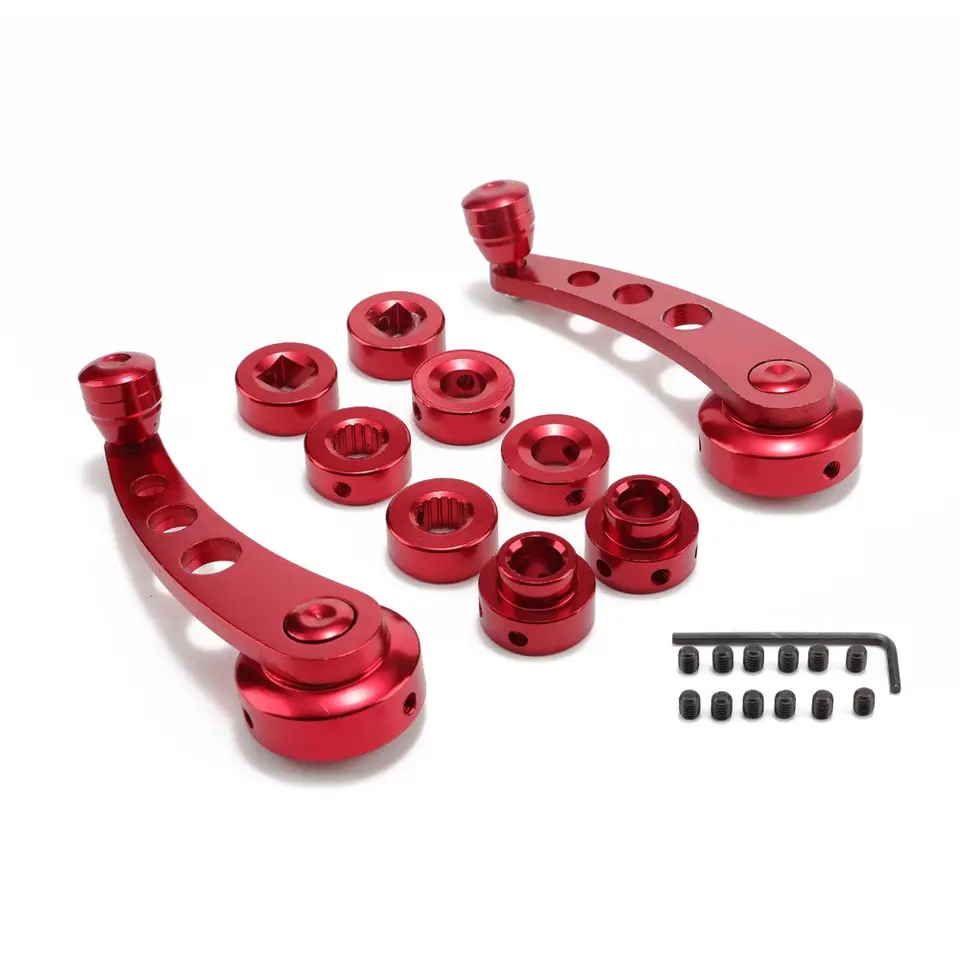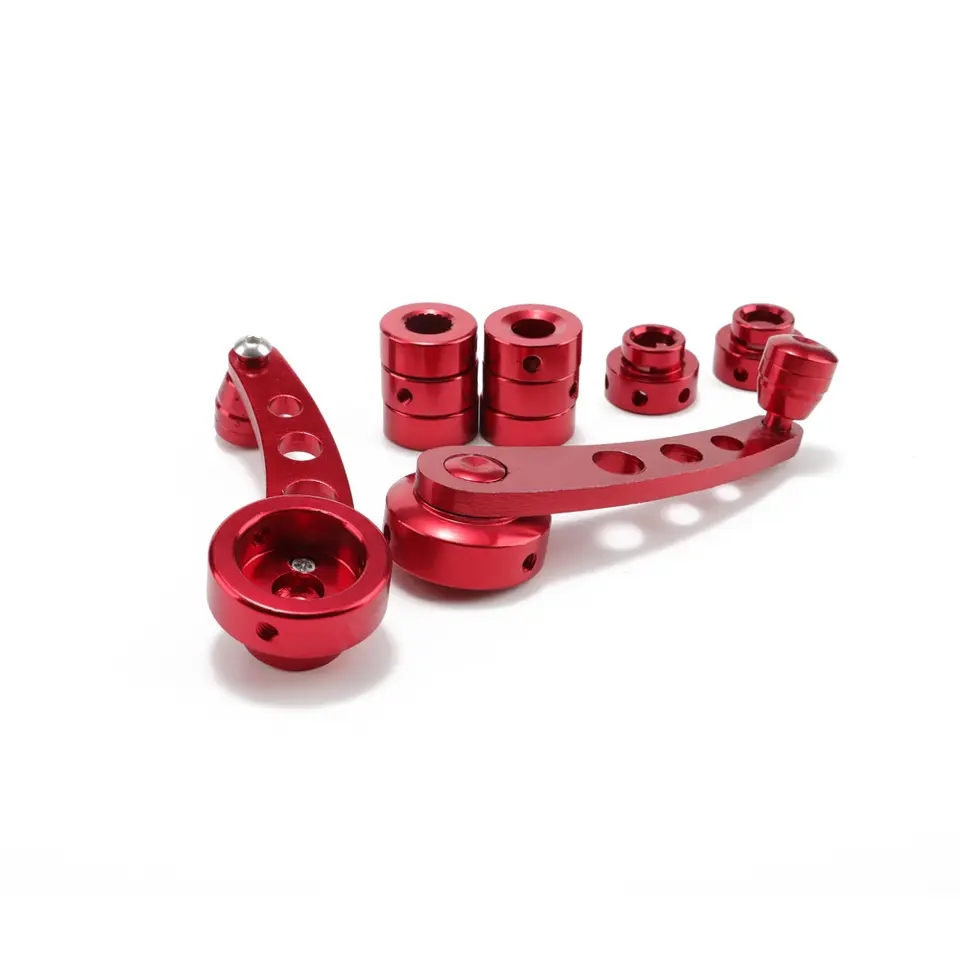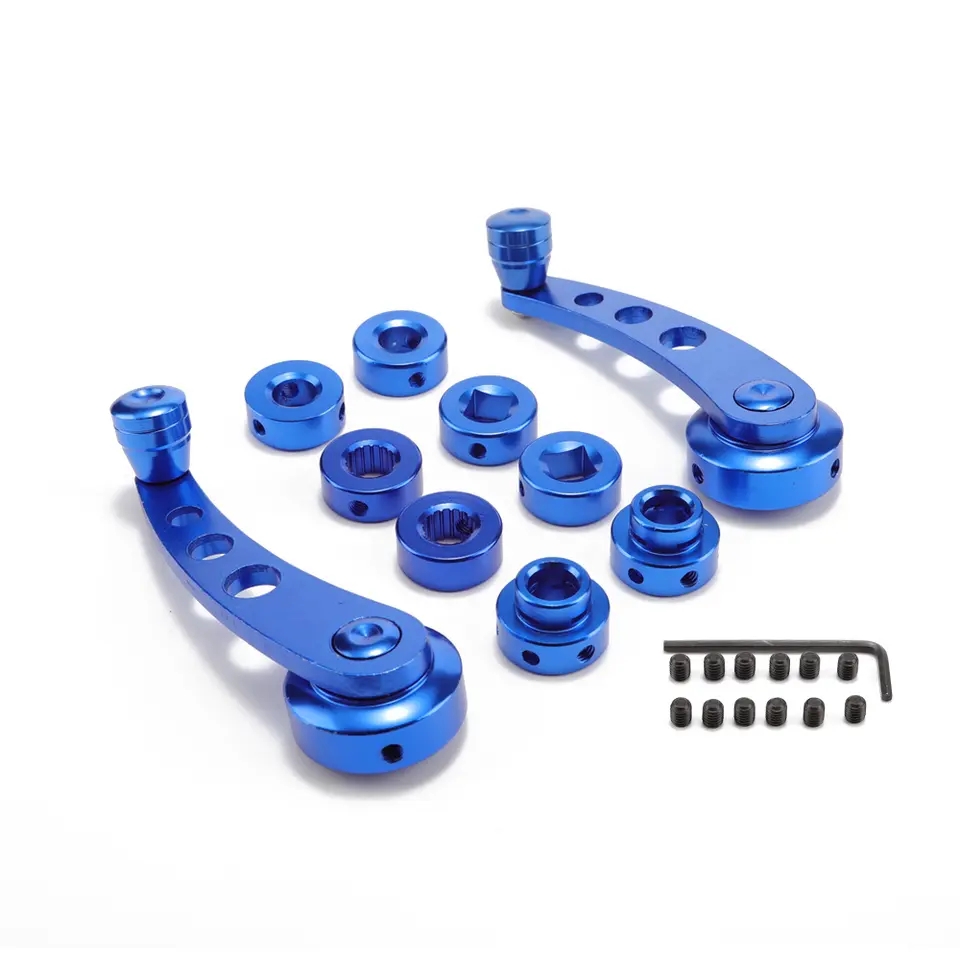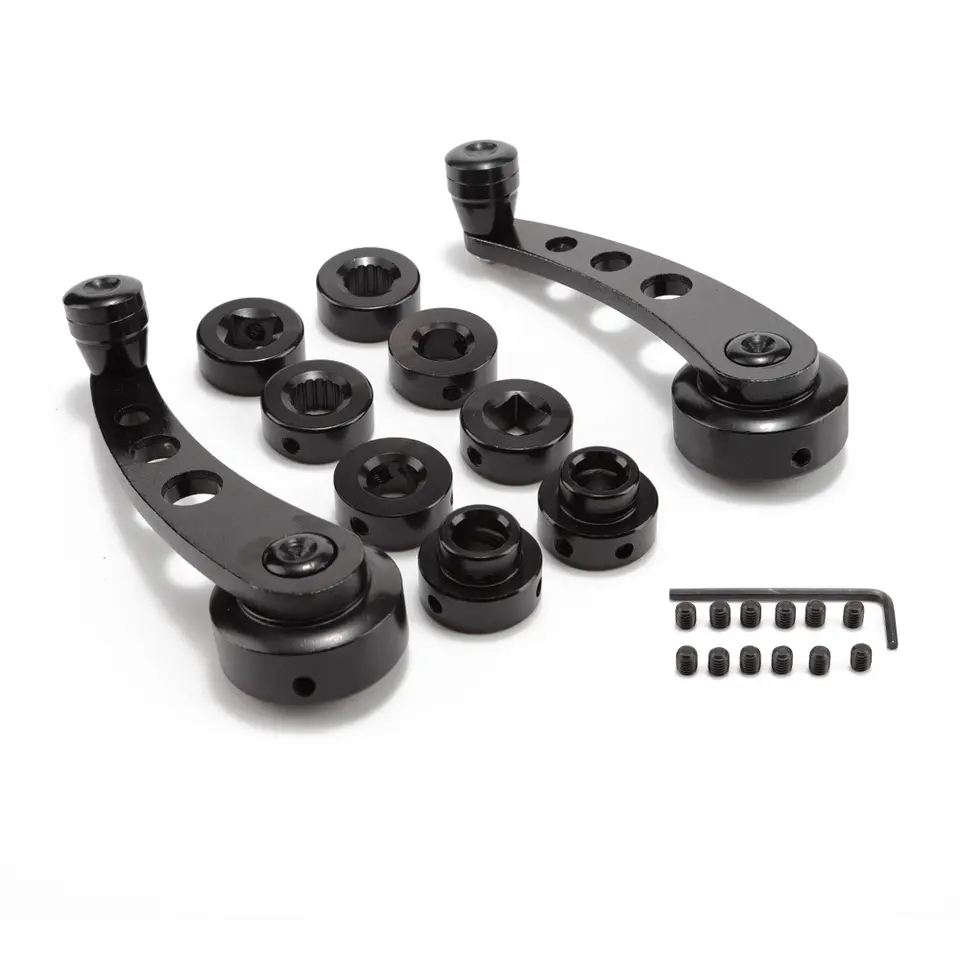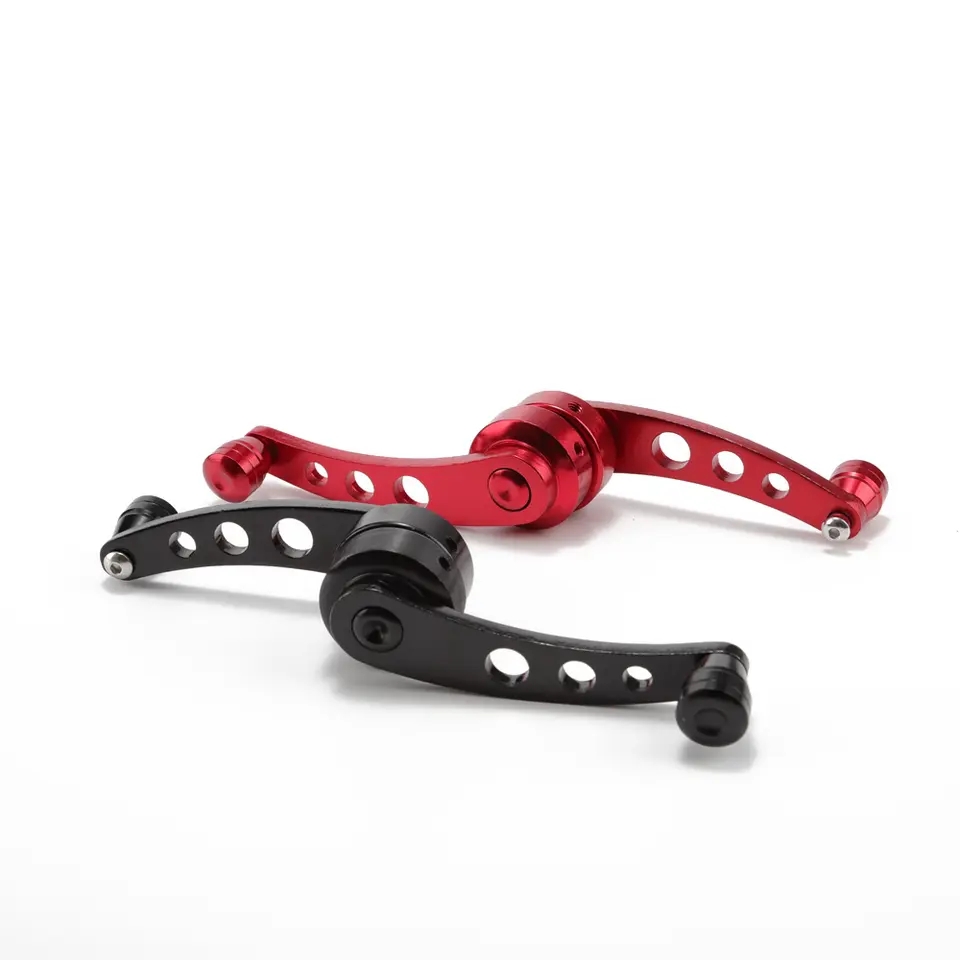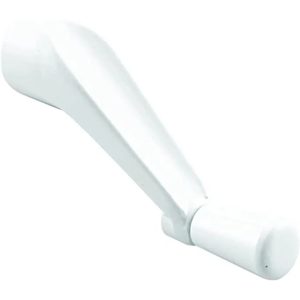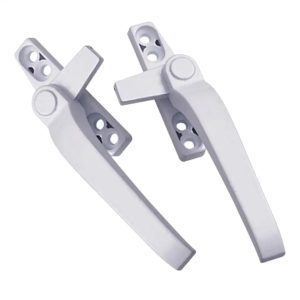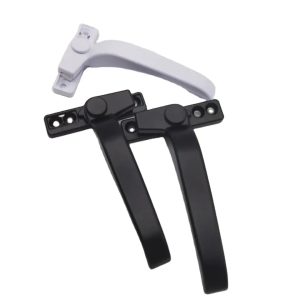Window Crank Handles: A Fusion of Practicality and Aesthetics in Architecture
Introduction
In the intricate world of architectural detailing, window crank handles emerge as essential components that seamlessly blend the realms of functionality and visual elegance. These unassuming elements not only facilitate smooth window operation but also contribute to the overall aesthetic harmony of architectural designs. This article delves into the versatile roles of window crank handles, their ergonomic advantages, material diversity, and the seamless integration of practicality and design they bring to architectural spaces.
Exploring the Realm of Window Crank Handle Advantages
Window crank handles serve as the tangible link between occupants and their living spaces, offering a host of advantages beyond their primary function:
1. Precision Control: A simple turn of the handle grants users precise control over window openings, allowing for tailored ventilation and airflow management.
2. Effortless Operation: Thoughtfully designed for ergonomic comfort, crank handles ensure smooth and easy rotations, catering to users of varying abilities.
3. Enhanced Security: Many modern crank handles come equipped with integrated locking mechanisms, enhancing security without compromising user convenience.
4. Aesthetic Integration: These handles seamlessly blend with diverse window styles, elevating the overall visual cohesiveness of architectural designs.
5. Energy Efficiency: By enabling controlled airflow, window crank handles contribute to energy-efficient spaces, enhancing comfort and reducing energy consumption.
Material Variety and Aesthetic Finesse
The choice of materials and finishes plays a pivotal role in shaping the durability and aesthetic impact of window crank handles:
1. Robust Material Selection: Handles are often crafted from durable materials such as stainless steel, aluminum, or resilient polymers, ensuring longevity.
2. Surface Finishes: An array of surface finishes, from classic brushed textures to modern chrome, offers customization to align with architectural aesthetics.
3. Corrosion Resistance: Materials with high corrosion resistance are particularly suited for environments exposed to moisture or harsh weather conditions.
Ergonomics and Architectural Harmony
Ergonomics and design coherence are integral aspects when selecting architectural hardware, including window crank handles:
1. Ergonomic Excellence: Crank handles are thoughtfully designed to provide comfortable grips and smooth rotations, enhancing the overall user experience.
2. Design Synergy: These handles contribute to design unity by complementing the overarching architectural style, whether traditional or contemporary.
Conclusion
Window crank handles epitomize the seamless fusion of purpose and style, showcasing the artful integration of architectural hardware and design aspirations. From managing ventilation to enhancing security and comfort, these unassuming components play an indispensable role in modern construction. The ability of window crank handles to elevate both functionality and aesthetics reflects the mastery of harmonizing utility with sophistication in architectural design, creating spaces that seamlessly embody efficiency and visual allure.






